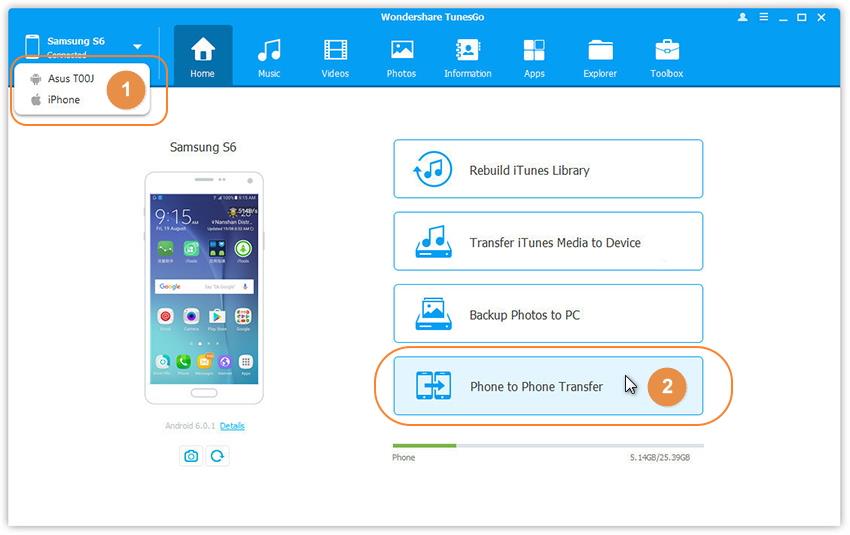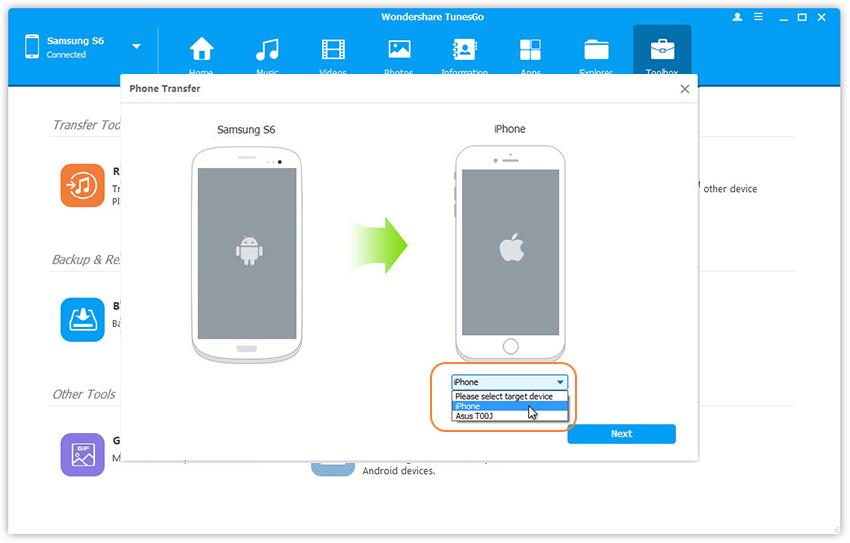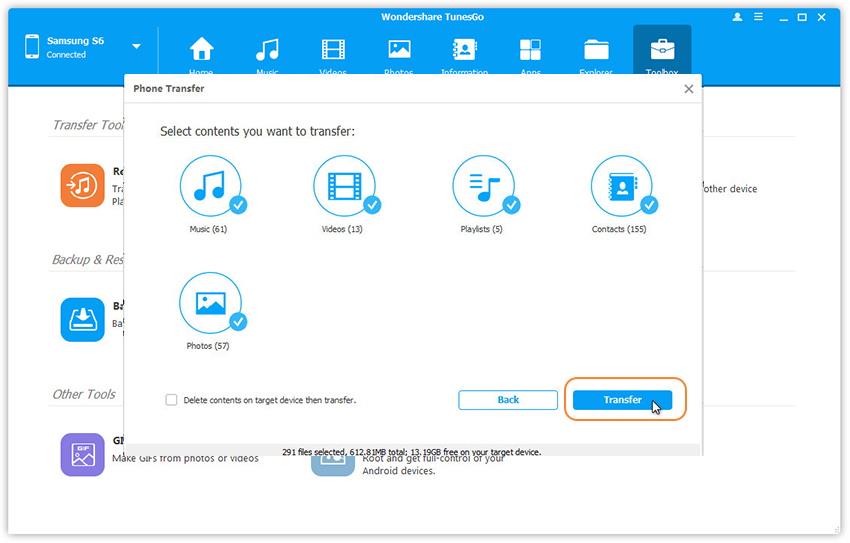Google Pixel Vs Google Pixel XL: What's the Difference
Google debuted with two new brand phones replacing its Nexus lineup of devices. Fortunately, the differences between the two devices are quite less. While the Pixel XL hosts a 5.5-inch screen, the Pixel comes with a 5-inch display. Both the models are available to pre-order in certain markets, while Google released them across the major markets in October. Let us look at the differences between the two smartphones. Seeing how the big differences between the Pixel XL and the Pixel are the screen size, resolution, and price, picking the right one for you boils down to the budget and hands size.
![]()
Design: Google Pixel Vs Pixel XL
The first thing to notice about the two devices is the design. They are completely different from the Nexus lineup. The build is a mixture of aluminum and glass, and offer an elegant appearance with a simplistic approach. It will be difficult for Google to capture the attention of users with a simplistic approach. However, the polished metal back and two-tone glass may help it in certain cases. According to the comparison between the specifications, the biggest difference between the two phones is the size.
Display: Google Pixel Vs Pixel XL
We mentioned earlier that the major difference between the devices is the size. The difference in the size also changes the resolution. While the Pixel edition has a 5-inch screen with 1080 p resolution, the Pixel XL version has a 5.5-inch quad-HD AMOLED display with a resolution of 2560x1440. Thankfully, the increased the pixel per inch count offers vivid, sharper, and crisper screens on the two devices.
Performance: Google Pixel Vs Pixel XL
Both Pixel and Pixel XL use the latest QUALCOMM Snapdragon 821 processors coupled with 4 GB of RAM. According to QUALCOMM, the new processor receives a 10% bump in the processing power over its predecessor, the 820. With DDR4 RAM coupled with the new processor, the users will experience top-notch performance. Also, it is also possible for both the devices to support the Daydream VR software, which is sure to enhance the overall visual experience. The only downside for the devices is the absence of card slot. The handsets are available in 32 GB and 128 GB variants.
Software: Google Pixel Vs Pixel XL
Both the Pixel devices will be running on the latest Android 7.0 Nougat operating system, which provides pure Android experience to the users. They host the Google’s skin called as the Pixel Launcher. There are major changes to the launcher and provides a fresh outlook towards the entire lifestyle of the device. The software is also capable of functioning with Google’s Daydream VR headset. The Google Assistant has a huge role to play in the software, as Google displayed its importance in a demonstration on how a long-press of the home button offers additional digital assistance to the user.
Camera: Google Pixel Vs Pixel XL
Both the Pixel and Pixel XL variants have a rear-facing 12.3-megapixel camera. Although they do not have the fancy dual sensor system like iPhone 7 or Huawei P9, the 1.55 µ pixel size and f/2.0 aperture are good enough to capture some fascinating photos in low light conditions. Additional features include smart burst mode, video stabilization, phase detection autofocus, and laser autofocus detection. Google is also providing unlimited cloud storage for both videos and photos in their original quality.
Battery: Google Pixel Vs Pixel XL
As we speak about the battery, it is a big letdown by the 2,770-mAh battery for the Pixel edition. The Pixel XL variant uses a 3,450-mAh battery. Both the devices use USB-C port to charge, and there is the absence of the much-talked wireless charging due to the metal back. Nonetheless, with the help of the turbocharging, it is possible to add seven hours of battery life in just 15 minutes.
Price: Google Pixel Vs Pixel XL
Google is selling the Pixel 32 GB variant at $649 and the 128GB variant for $749. The Pixel XL 32GB model is available for $769, while the 128GB version has a price tag of $869.
![]()
Must-have Phone Manager for Google Pixel and Pixel XL
Phone manager has a huge role to play for any smartphone, including Google Pixel and Pixel XL. With the help of it, it is possible for a user to have a convenient way of managing the mobile lifestyle. Google Pixel Manager is one of a kind phone manager, as it helps in several activities that are smartphone user wishes to perform by establishing a connection between their Google Pixel device and computer. The key features of the software are:
Google Pixel Manager - One Stop Solution to Manage Transfer Files on Google Pixel (XL)
- Backup your music, photos, videos, contacts, SMS etc. to computer and restore them easily.
- Manage, export&import your Contacts and SMS, deduplicate Contacts, reply SMS with computer.
- One-click Root - Root your Android phones/tablets to take full control of your device.
- Phone to Phone Transfer - Transfer music, photos, videos, contacts, SMS between two mobiles (both Android and iPhone are supported).
- App Manager - Install, uninstall, import or backup Apps in batch.
- Gif Maker - Create Gif from photos, motion photos, videos.
- iTunes Manager - Sync iTunes Music to Android or transfer music from Android to iTunes
- Fully compatible with 3000+ Android devices (Android 2.2 - Android 8.0) from Samsung, LG, HTC, Huawei, Motorola, Sony etc.
How to Move Content from Old Device to the New Google Pixel or Pixel XL
Google Pixel Manager is also great Phone Transfer tool to transfer files from old phone to new Google Pixel and Pixel Xl. Simply follow the steps.
Step 1 Download Google Pixel Manager. Install it for you Mac or Windows PC. Launch it by pressing the symbol on the desktop. Connect both the old and the new device to the computer. The software will identify the presence of the smartphones automatically. However, you have to set the old device as the source manually.

Step 2Press “Phone to Phone Transfer" option from the interface.
Step 3From the next screen, choose the target device from the drop box menu. Select Google Pixel or Google Pixel XL and press Next.

Step 4 In the next message box, pick up the categories that you wish to move from your old phone to the new device. After marking the categories, click Transfer at the bottom to initiate the transferring process. Wait for the program to complete the action before browsing the content moved on to the new device.

Note: If you are utilizing the Windows version of TunesGo software, you have the opportunity to delete existing content on the target device before initiating the transfer process.
Simply download and have a try this must-have phone manager to manage and transfer all your music, photos, contacts and other files.

